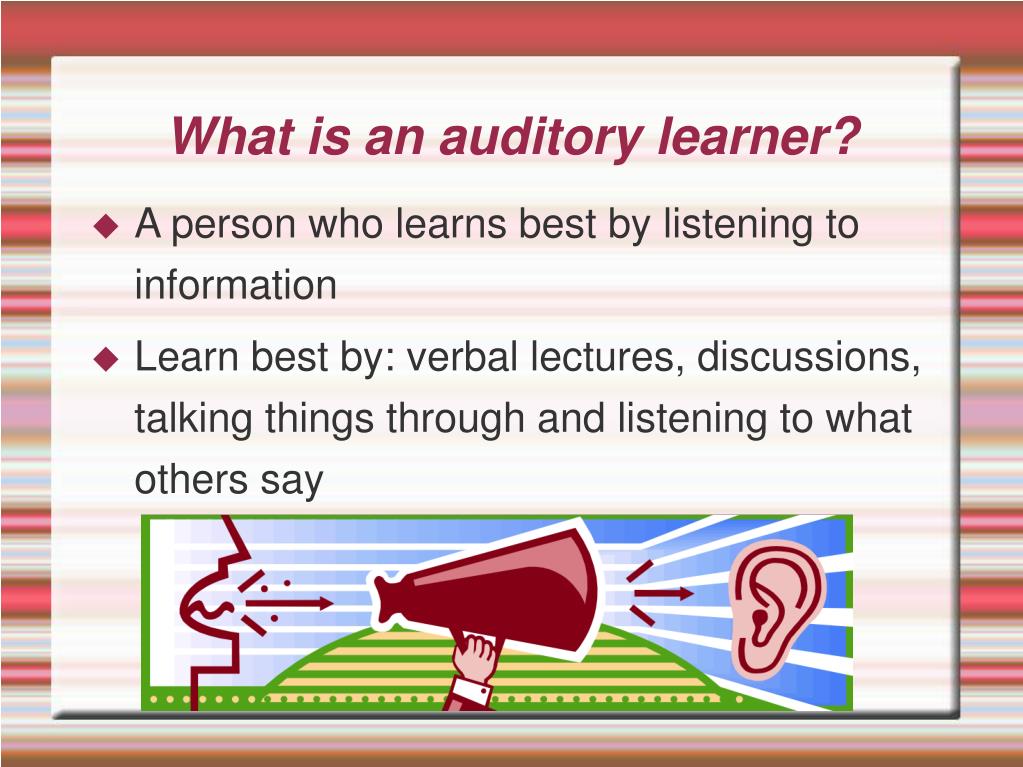
During propagation, waves can be reflected, refracted, or attenuated by the medium. This is intuitively obvious for a solid, and the same is true for liquids and gases (that is, the vibrations of particles in the gas or liquid transport the vibrations, while the average position of the particles over time does not change). Note that the particles of the medium do not travel with the sound wave. At an instant in time, the pressure, velocity, and displacement vary in space. At a fixed distance from the source, the pressure, velocity, and displacement of the medium vary in time. As the source continues to vibrate the medium, the vibrations propagate away from the source at the speed of sound, thus forming the sound wave.

The sound source creates vibrations in the surrounding medium. The sound waves are generated by a sound source, such as the vibrating diaphragm of a stereo speaker.

Sound can propagate through a medium such as air, water and solids as longitudinal waves and also as a transverse wave in solids. However, if we place a piece of metal on a prong, we see that the effect dampens, and the excitations become less and less pronounced as resonance isn't achieved as effectively. Although only the first tuning fork has been hit, the second fork is visibly excited due to the oscillation caused by the periodic change in the pressure and density of the air by hitting the other fork, creating an acoustic resonance between the forks. One of the forks is being hit with a rubberized mallet. Physics Experiment using two tuning forks oscillating usually at the same frequency.

Sound can also be viewed as an excitation of the hearing mechanism that results in the perception of sound. (b) Auditory sensation evoked by the oscillation described in (a)." Sound can be viewed as a wave motion in air or other elastic media. Sound is defined as "(a) Oscillation in pressure, stress, particle displacement, particle velocity, etc., propagated in a medium with internal forces (e.g., elastic or viscous), or the superposition of such propagated oscillation. An audio engineer, on the other hand, is concerned with the recording, manipulation, mixing, and reproduction of sound.Īpplications of acoustics are found in almost all aspects of modern society, subdisciplines include aeroacoustics, audio signal processing, architectural acoustics, bioacoustics, electro-acoustics, environmental noise, musical acoustics, noise control, psychoacoustics, speech, ultrasound, underwater acoustics, and vibration. A scientist who works in the field of acoustics is an acoustician, while someone working in the field of acoustical engineering may be called an acoustical engineer. Acoustics is the interdisciplinary science that deals with the study of mechanical waves in gasses, liquids, and solids including vibration, sound, ultrasound, and infrasound.


 0 kommentar(er)
0 kommentar(er)
